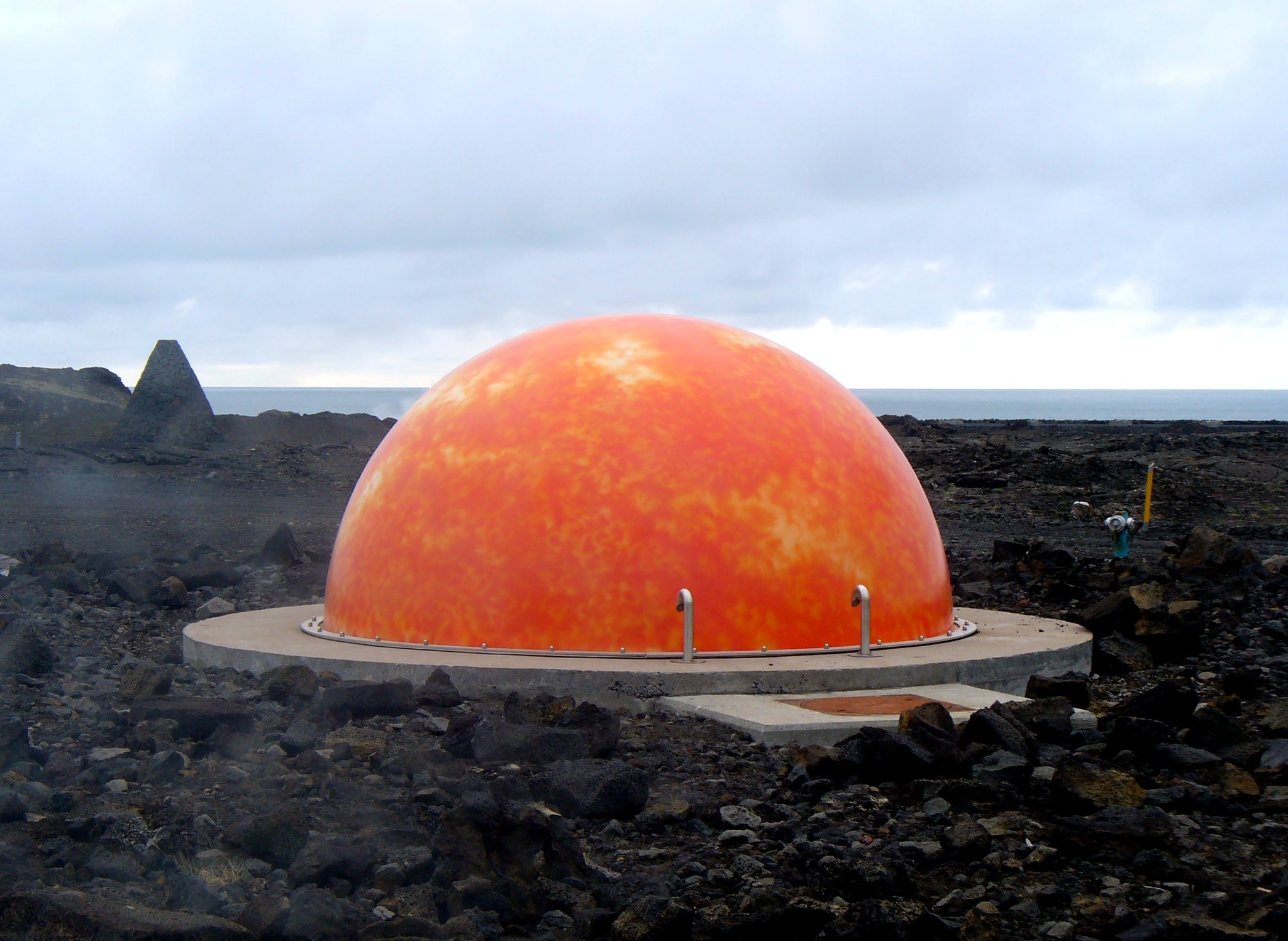Japan’s government has recently drawn a clearer blueprint for geothermal, the country’s promising yet largely untapped renewable energy source. The end goal is to drive private companies to expand business at home and abroad. With the right policies and state support, Japan has the potential to become a global leader in geothermal.
Since the Fukushima disaster, the number of Japan’s geothermal facilities have quadrupled to over 90, but many sites are mini-sized. While statistics show installed geothermal capacity in Japan remains at a meager 481 MW, the ambition is to grow it to 1.55 GW, which is roughly 1% of the country’s total power needs by 2030.
Even if Japan reaches that goal for geothermal, it would still be just the beginning for the industry. Research shows the country has potential for at least 23.5 GW of geothermal capacity. If Japan could even reach 25% of that amount, it would easily be the world leader.
To put the matter in context, total global capacity is 16.4 GW. Currently, the world’s top geothermal energy producer is the U.S. with installed capacity of 3.71 GW, followed by Indonesia with 2.13 GW.

